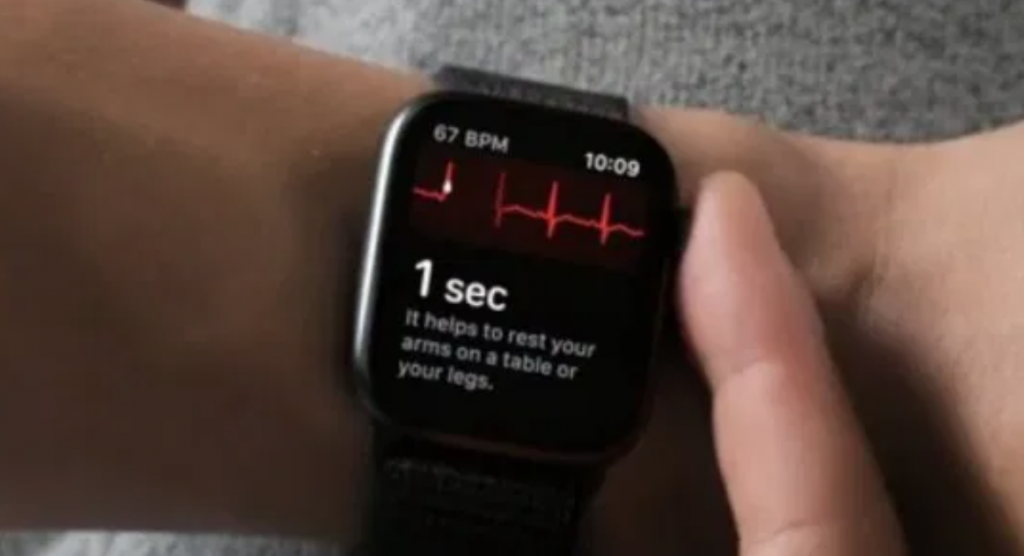
The Apple Watch Series 4 can already do heart monitoring and tell whether the wearer has fallen, among other types of medical tracking. (Source: Apple)
IoMT Will Make Elderly Care Easier, Cheaper to Deliver with Constant Monitoring
IoT, or Internet of Things has been around for some years, so it should make sense with AI advances that IoMT—Internet of Medical Things—would evolve into a thing. In a venturebeat.com story, the development is explained in detail.
Senior citizens are more likely to need medications and medical exams and health issues are key to quality of life. Now, advancements in artificial intelligence and wireless technologies will enable massive streams of biometric data to be harvested and processed from wearables, internet of things (IoT) sensors and chip-laden pills, prolonging and saving lives.
Phone Will Become Medical Consultant
For patients with Alzheimer’s and other diseases that affect mobility, Origin Wireless has developed a “wireless AI” solution using wifi signals to map closed spaces and track them. The wireless radio waves create an invisible “wave pool” in a room, and Origin’s Remote Patient Monitoring system uses AI to monitor the pool for ripples that signal disruptions. Without requiring either a camera or motion sensors, Origin RPM knows when a person abruptly shifts from standing to laying on the floor and can trigger an alert to local caregivers or off-site family members. More subtle changes in the data streams can even indicate granular changes in a person’s activity, breathing, and sleeping. Japanese startup SakuraTech is using millimeter-wave signals to wirelessly monitor up to four heart and respiration rates at once, working through clothing and blankets, sending data to the AWS cloud for constant remote monitoring.
IoMT sensors will only become more powerful, easier to use, and ubiquitous. New 5-nanometer chip fabrication has already yielded atomic-scale transistors that can be powered by barely any energy, and even smaller 3-nanometer chips will be commercially available next year, making microchipped pills literally easier to swallow.
At the same time, mobile AI chips are nearly doubling in performance each year, so that tomorrow’s client devices could have AI capabilities superior to yesterday’s cloud and edge servers. Remote monitoring tasks that may have been too challenging two years ago will seem wholly within the power of even common smartphones two years from now.
Society’s biggest challenge may be to make seniors comfortable with adopting these new technologies, since seniors may resist wearables, room-scale monitors and ingestible chips as “unnecessary.” But as the tech keeps shrinking, it’s likely to become more accepted.
That means today’s and tomorrow’s seniors can realistically look forward to a new era in medicine where we depend less on doctors yet benefit every day from more comprehensive health care, ultimately living longer and better than ever before.
Numerous other technologies are already available or are being developed. The only drawback to the technologies is that they are vulnerable to hacking. That’s something the developers will have to work on as they progress.
read more at venturebeat.com
Read the full series: AI and the future of health care

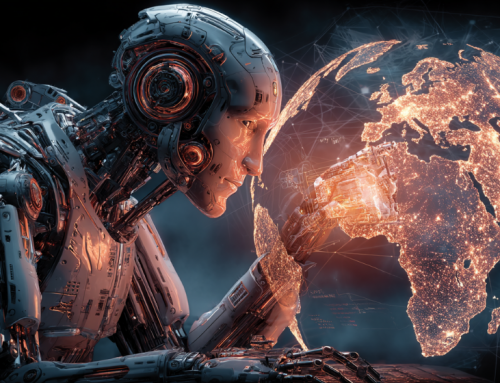
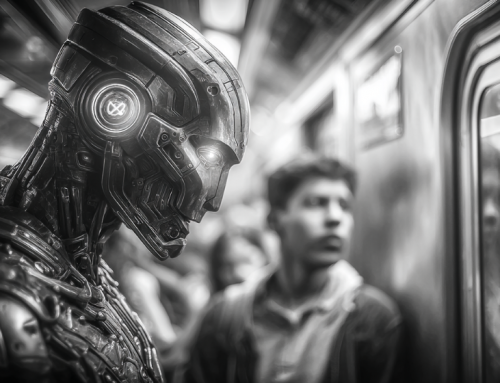

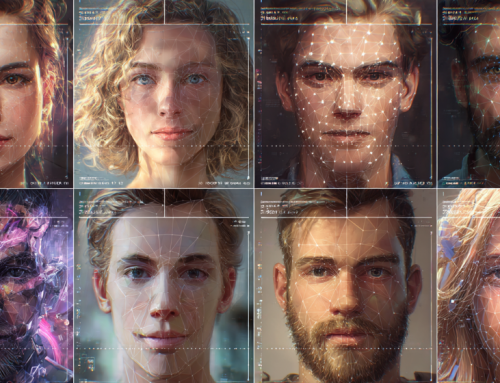
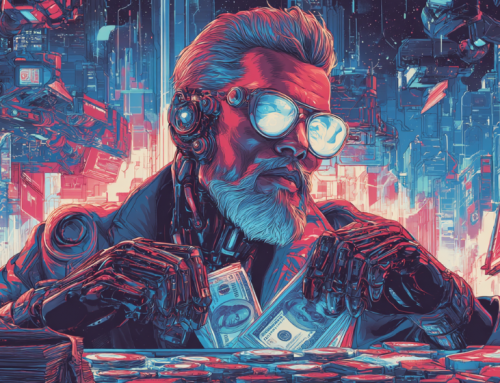

Leave A Comment